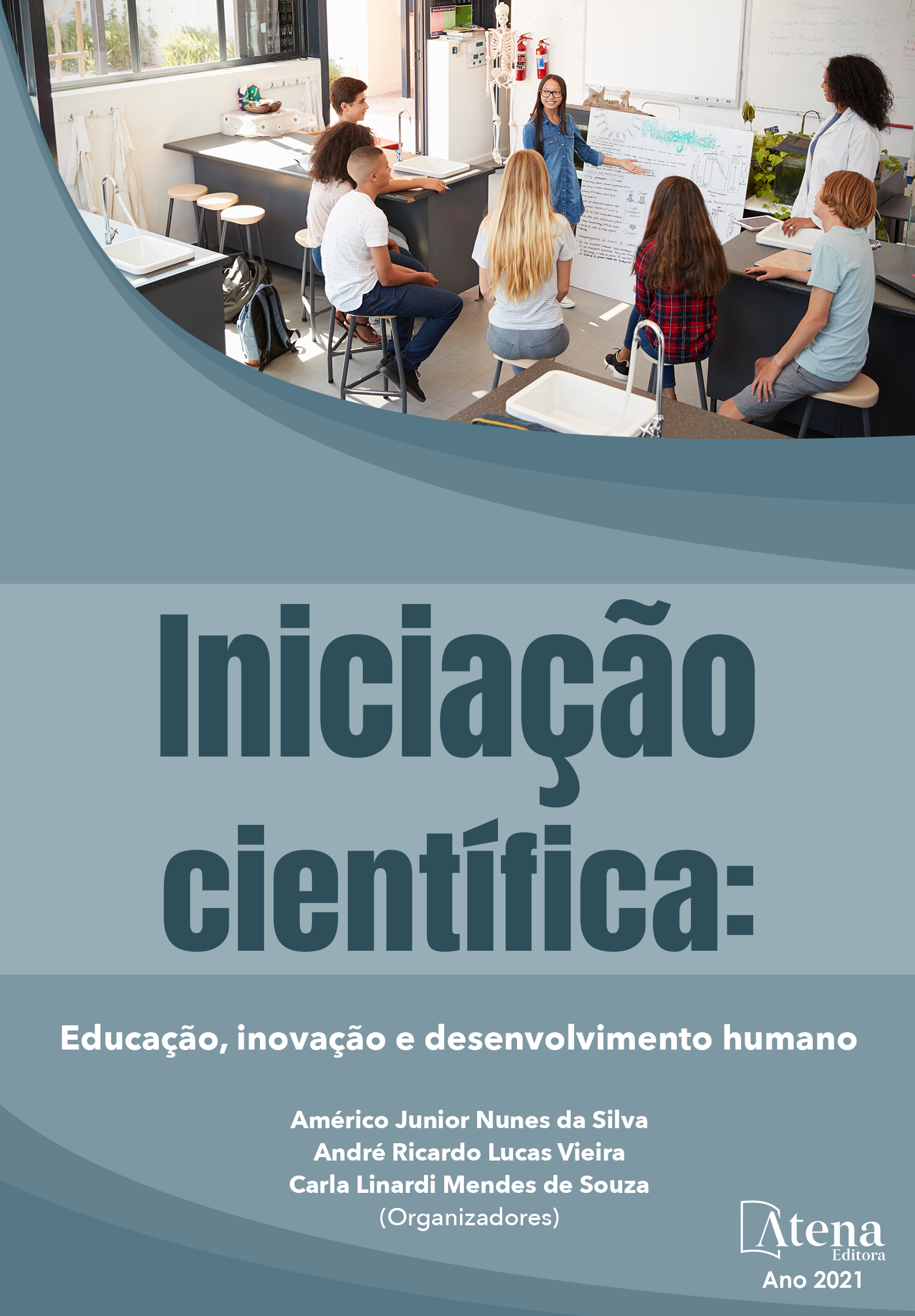
A MATERIALIDADE DA ESCOLA PRIMÁRIA NO TERRITÓRIO DO ACRE NAS DÉCADAS DE 20 A 60
O presente estudo tem como objeto de análise a cultura material da Escola Primária que se difundiu na região acreana, no período compreendido entre 1920 a 1960, de modo a evidenciar a materialidade expressa nos equipamentos, nas instalações, e nos dispositivos pedagógicos. Tem como objetivo produzir uma interpretação sistemática sobre a materialidade da Escola Primária, identificando o seu provimento material. A metodologia adotada privilegiou a abordagem da pesquisa documental, posto que a análise se voltou para fontes primárias como: Programas de Ensino, Regulamentos da Instrução Pública, Fotografias, Livros de Ata, Livro de Matrícula, Cartas, Telegramas; localizadas no Museu da Borracha, Museu Universitário da UFAC, Diocese de Rio Branco e arquivos de Grupos Escolares e estabelecimentos de escolas confessionais. A partir da localização das fontes, organizou-se um quadro demonstrativo identificando e contextualizando cada documento. Na sequência realizou-se a análise e interpretação das fontes direcionando-se o exame das mesmas para a identificação do provimento material da escola primária institucionalizada no Acre. A maioria das escolas funcionava em prédios alugados, de madeira, adaptados e com péssimas condições higiênicas. Na década de 40, várias escolas, urbanas e rurais, foram construídas com expressivos aspectos da modernidade pedagógica adotados em todo país. Além disso, a criação e regulamentação de Escolas Normais tanto na capital como no interior do Território, com o intuito de garantir uma elevação na qualidade do ensino acreano. Assim, cada governo procurou, ao seu modo, reorganizar a instrução pública no Acre, expandindo o modelo pedagógico que se difundia no país.
A MATERIALIDADE DA ESCOLA PRIMÁRIA NO TERRITÓRIO DO ACRE NAS DÉCADAS DE 20 A 60
-
DOI: 10.22533/at.ed.41921300818
-
Palavras-chave: Cultura Material Escolar; Escola Primária; Território do Acre
-
Keywords: School Material Culture; Primary school; Territory of Acre
-
Abstract:
The present study has as object of analysis the material culture of the Primary School that spread in the region of Acre, in the period between 1920 and 1960, in order to highlight the materiality expressed in the equipment, facilities, and pedagogical devices. It aims to produce a systematic interpretation of the materiality of the Primary School, identifying its material provision. The adopted methodology favored the documental research approach, since the analysis turned to primary sources such as: Teaching Programs, Public Instruction Regulations, Photographs, Minutes Books, Enrollment Book, Letters, Telegrams; located in the Rubber Museum, UFAC University Museum, Diocese of Rio Branco and archives of School Groups and confessional school establishments. From the location of the sources, a demonstrative table was organized identifying and contextualizing each document. Afterwards, the analysis and interpretation of the sources was carried out, directing their examination to identify the material supply of the institutionalized primary school in Acre. Most schools operated in rented buildings, made of wood, adapted and in poor hygienic conditions. In the 40's, several schools, urban and rural, were built with expressive aspects of pedagogical modernity adopted throughout the country. In addition, the creation and regulation of Normal Schools both in the capital and in the interior of the Territory, with the aim of guaranteeing an increase in the quality of teaching in Acre. Thus, each government sought, in its own way, to reorganize public education in Acre, expanding the pedagogical model that spread throughout the country.
-
Número de páginas: 13
- Elizabeth Miranda de Lima
- Gerinalda de Souza Ferreira


